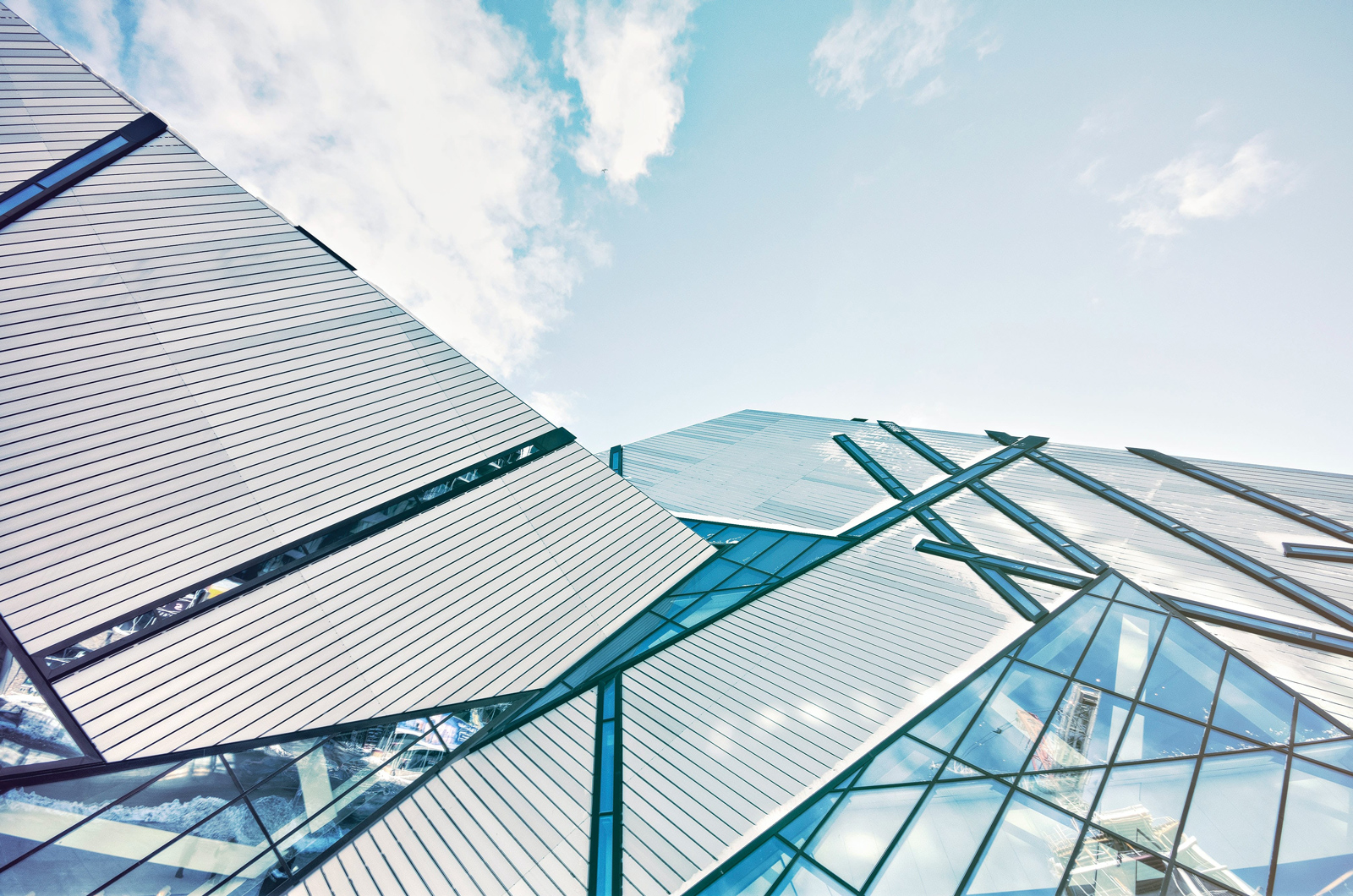
No simple solutions: building COVID-19 recovery strategies
Weber Shandwick China president Lydia Lee outlines best practices for developing recovery strategies for brands and organisations navigating the COVID-19 pandemic.
This article originally appeared in PR Week.
In times of trouble, it’s human nature to crave simple solutions. As communicators, we know better than most just how powerful a clear and logical narrative can be during a crisis. It gives chaotic events meaning and helps us all move forward with our lives with a greater sense of security. But, these narratives aren’t always accurate.
With COVID-19, there’s a recurring narrative of recovery and anticipated normality. That, if we figure out the exact steps and right approach, we’ll swiftly bounce back to our pre-COVID lives, habits, and behaviours. But, again and again, we’re seeing that it’s simply not the case. There isn’t one road, one solution, or one trajectory to recovery. There are hundreds.
We’ve seen it in China. China was the first market in the world to re-commence business following the COVID-19 outbreak. We have been operating in a post-lockdown economy for the better part of three months. However, that has manifested in very different ways throughout the country. While some cities were maintaining key restrictions, others were functioning freely.
As we consistently see in business and communications, different markets and different territories have different needs and different priorities. While it may be tempting to think of a silver bullet approach that will re-establish a brand or an economy in the wake of the pandemic, it simply isn’t realistic. In crafting our strategies for brand and business recovery, we need to be mindful.
At Weber Shandwick China, we’ve developed a process to assist brands in crafting a recovery strategy that is responsive to the needs of a market. It encompasses four key philosophies to keep in mind as an organisation explores post-recovery tactics—ensuring whatever steps are taken will be of greatest potential value to a business while encompassing the smallest amount of potential risk.
Be patient
It’s important to be responsive; not reactive. Many brands are already negotiating the reputational fallout and backlash of trying to interface with the COVID-19 environment without appropriate empathy or consideration. According to our recent research State of Corporate Reputation 2020 report, the majority of reputation crises are avoidable. Wait for the right moment.
Remember your values
In the wake of crisis, stakeholders prioritise continuity and stability. Any brand that delivers an experience that runs counter to those priorities is likely going to face criticism. As such, it’s important to identify the core values that are a part of your business’s brand and build strategies that showcase and reinforce those values.
For example, if your brand has never engaged in purpose-driven campaigning or fundraising before, crafting a campaign around COVID-19 may be seen as out-of-character or opportunistic. However, this isn’t to say that some brands can never engage in the current environment; it’s simply important to do so in a way that feels organic, authentic, and connected to the brand’s values to date.
Listen to your stakeholders
It’s become a cliché but it bears repeating—these are unprecedented times. Even with the legacy of the SARS epidemic, Asia is still confronting unpredictable realities that it’s never so much as anticipated. With that in mind, one of the most valuable tactics a brand can invest in is to truly engage and listen to their stakeholders.
When we say listen in modern communications, we often think of social listening tools and analytics. But, it can encompass so much more. As restaurants re-opened in China and an abundant food delivery ecosystem in place, one kitchenware brand used their social channels to ask a simple question – do we still need a kitchen? There was no message or product push. It just ignited a conversation and allowed stakeholders to speak up.
And, just as vitally, it informed the brand of market sentiment.
Experiment—swiftly and strategically
Equipped with an in-depth understanding of both your brand values and your stakeholders’ sentiments, a company is empowered to experiment with their work. However, it’s important to do so swiftly and strategically. Remember, these are new times. The world is still changing at rapid velocity. There are no simple solutions that will guarantee success. Take this time to learn and grow.
It’s not the time for massive, sweeping gestures. Proceed with tactics with specific goals, short timelines, and limited risk. A campaign localised to a specific city or area. A collaboration with a different kind of influencer. Provide a new variation on your brand experience. These are the approaches that will help illuminate and shape a brand’s larger recovery strategy.
While we must be mindful, we needn’t stay silent. It is a time to play it safe and play it smart – but not to play it silent. If we remember our values and stay connected to our stakeholders, we can carve out a place for our businesses in the new normal and, in our own way, help build a safer, steadier, smarter road to recovery for our communities.
Lydia Lee is President of Weber Shandwick China.
If you’d like to talk to us about anything related to COVID-19, please reach out to us here – enquiryapac@webershandwick.com


